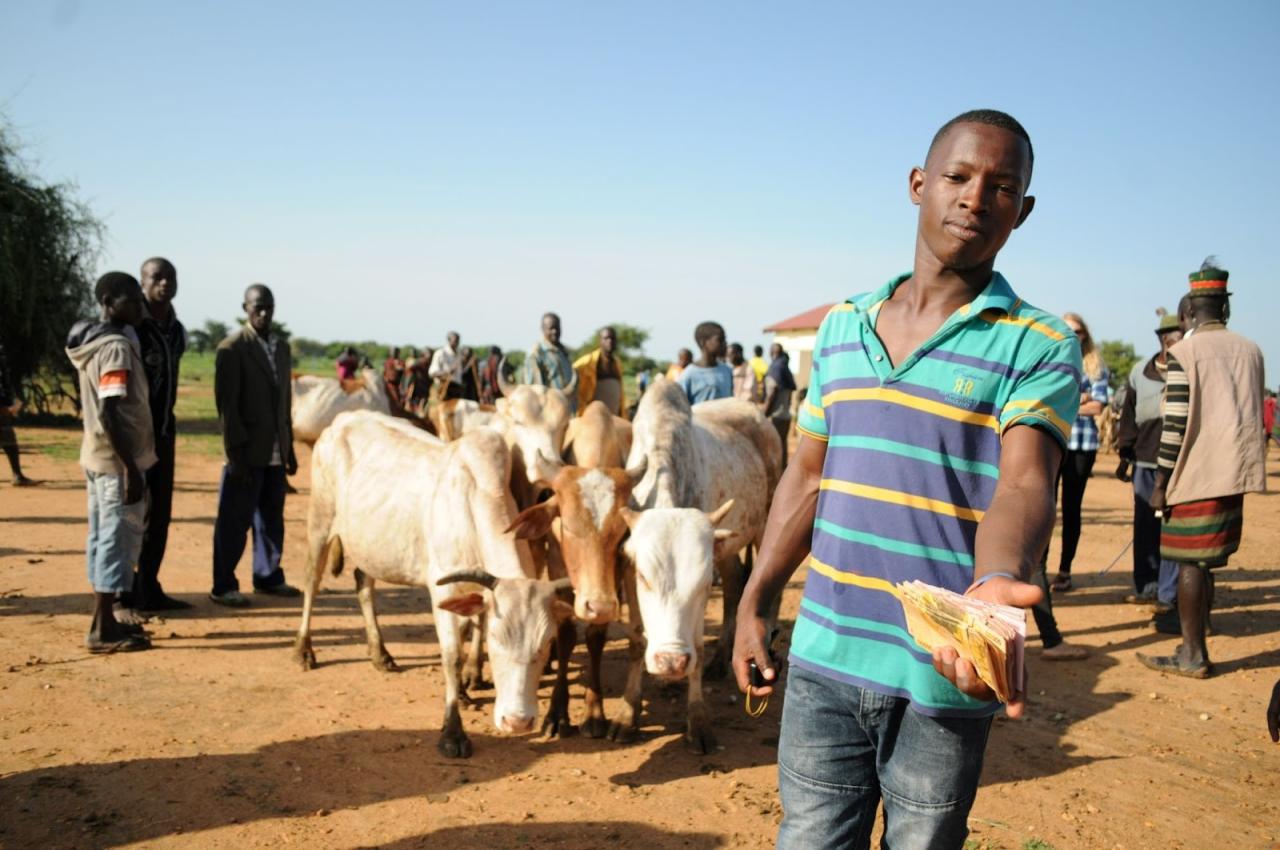
Small- and medium-sized enterprises (SMEs) are central to the food supply in low- and middle-income countries (LMIC). Most low-income consumers in LMIC have limited access to affordable, safe, and nutritious foods. One contributing factor is that most SMEs lack the financing to grow their businesses and are in need of technical expertise and incentives to develop and market nutritious foods. To help ensure an affordable, healthy, and diverse diet for all, Global Alliance for Improved Nutrition (GAIN) has established a new investment facility — Nutritious Food Financing Facility (N3F).
Assessing Impact
Drawing upon the expertise of USAID Advancing Nutrition and its consortium partner University of California Davis (UCD), the USAID Bureau for Resilience and Food Security (RFS) seeks to understand the extent to which GAIN’s efforts on the N3F are likely to establish, improve, and sustain an effective approach for increasing investment in, and supply of, nutritious foods for low- and middle-income consumers as a way to improve their diets. Our primary aim is to conduct a full program review of the N3F, as well as propose the design of an assessment methodology and tools to assess its impact.
The N3F’s theory of change (TOC) states that — if targeted funding and technical assistance are provided to build the capacity of SMEs in Africa to improve and enhance the production of nutritious foods, they will increase the supply of affordable, nutritious, and safe foods for domestic, lower-income markets in LMIC targeting a range of different consumers.
Program Review
USAID Advancing Nutrition developed a program review report examining the relevance, uniqueness, consistency, and feasibility of the N3F TOC. The goal of this review is to understand the extent to which N3F is likely to establish, improve, and sustain an effective approach for:
- Increasing investment in, and supply of, nutritious foods for LMIC consumers
- Improving the diets and nutritional status of vulnerable populations.
The review provides recommendations on how to improve the likelihood and scale of success. As the final piece of this review and validation process supported by USAID Advancing Nutrition, we will propose a methodology for assessing the impact of the N3F on food environments and diets, meant for internal use by GAIN as they prepare to roll out their financing facility in 2022.
Related Work
Learn more about the several USAID Advancing Nutrition activities that will complement this work, once the N3F becomes operational:
- USAID Advancing Nutrition is exploring the potential to develop linkages with innovative financing for nutrition mechanisms like the N3F — given their emphasis on the collaboration with the private sector and SMEs working in the nutritious food environment space, including large scale food fortification — with the programs in several countries, including India, Nigeria, and Uganda.
- As part of the Food Systems portfolio, USAID Advancing Nutrition also assists USAID and its partners to explore the potential for USAID investments to support food processing work, which could eventually target the engagement of the private sector or SMEs involved in processing of nutritious foods, representing a potential N3F pipeline opportunity for SME processors.